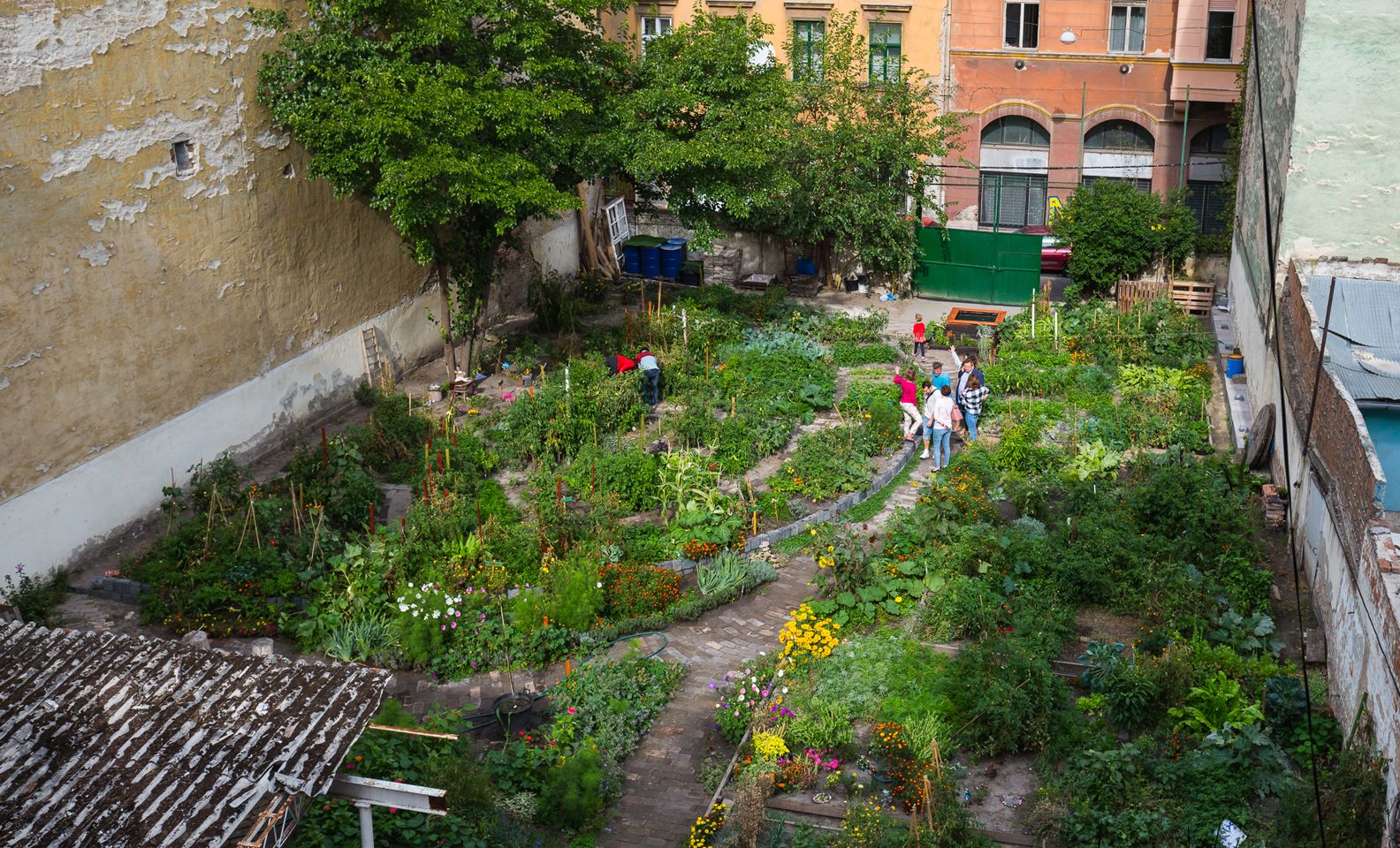Community gardens are open, urban green spaces cared for by the local community. Their usefulness goes beyond citizens producing fresh, chemical-free, local vegetables and fruits for themselves in their area: gardening has a positive effect on body and soul, reduces neurosis, and raises environmental awareness and self-sufficiency.
In most cases, however, the community-building function is paramount, as a garden brings together residents of the area who, appreciating each other’s work, can create something useful together. The movement is becoming increasingly popular around the world, with green oases emerging in a row among the concrete blocks of cities. Here are five great examples from Eastern Europe!
Community Center and Garden Kotlaska | Prague
In the green spaces of Kotlaska in Prague, which opened in 2017, locals can enjoy all the benefits of community gardens: these are great areas for relaxing, yoga, organizing workshops, gardening together or cooking. The garden also employs people with a criminal record, helping them integrate into the community.

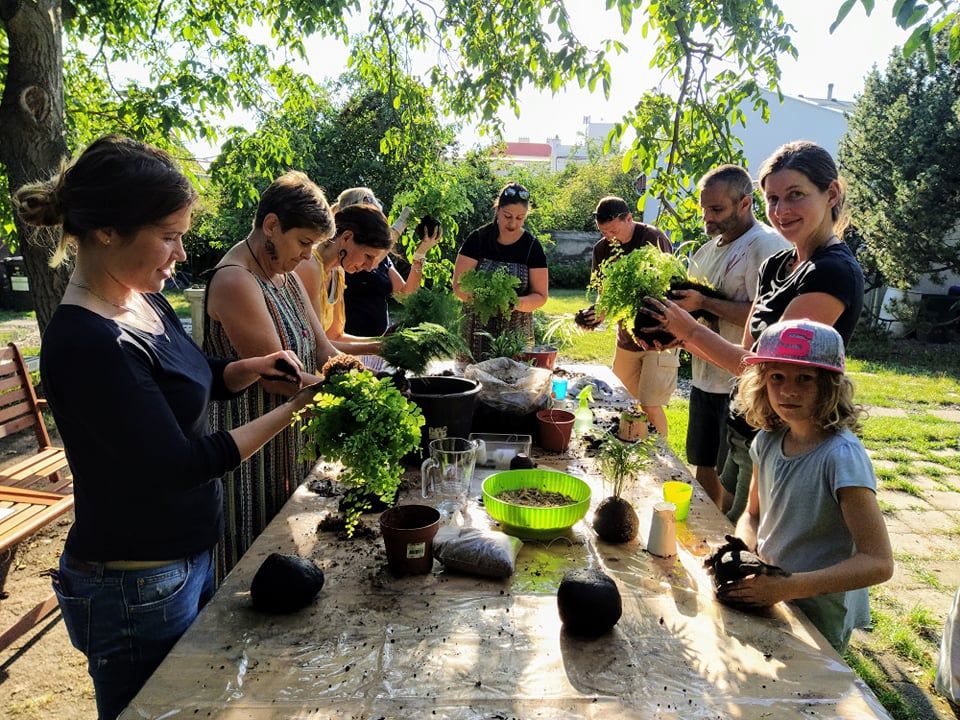
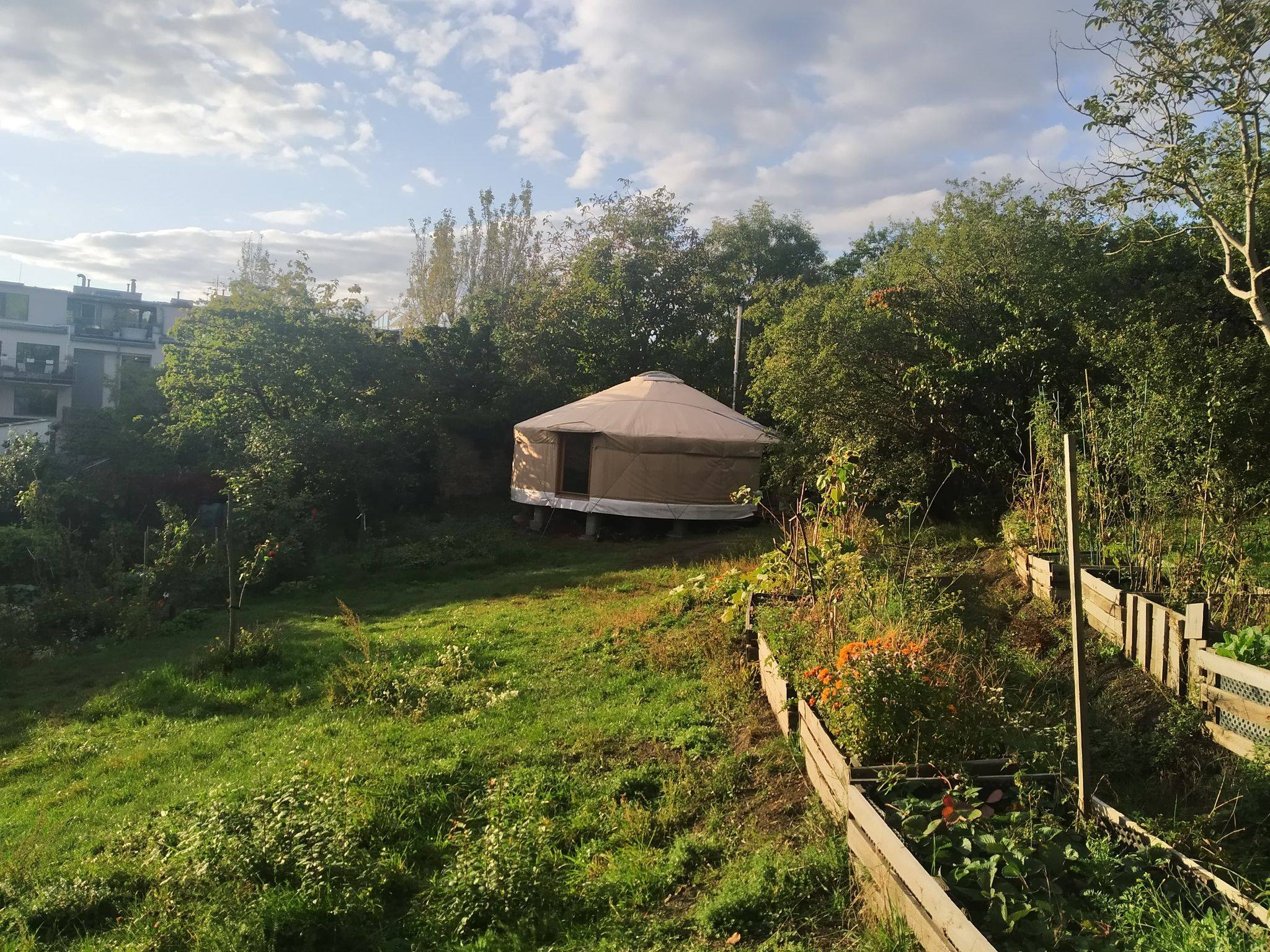

Grădinescu Community Garden | Bucharest
The German hypermarket chain Kaufland has set up seven community gardens in Romania, welcoming city-dwelling gardeners on top of their shops, in their car parks or next to schools. On their 2,300-square-meter roof garden in Bucharest, with the help of professionals, anyone can learn what self-sufficiency is like on their own plot. The garden is also used by the surrounding schools and kindergartens for educational purposes.

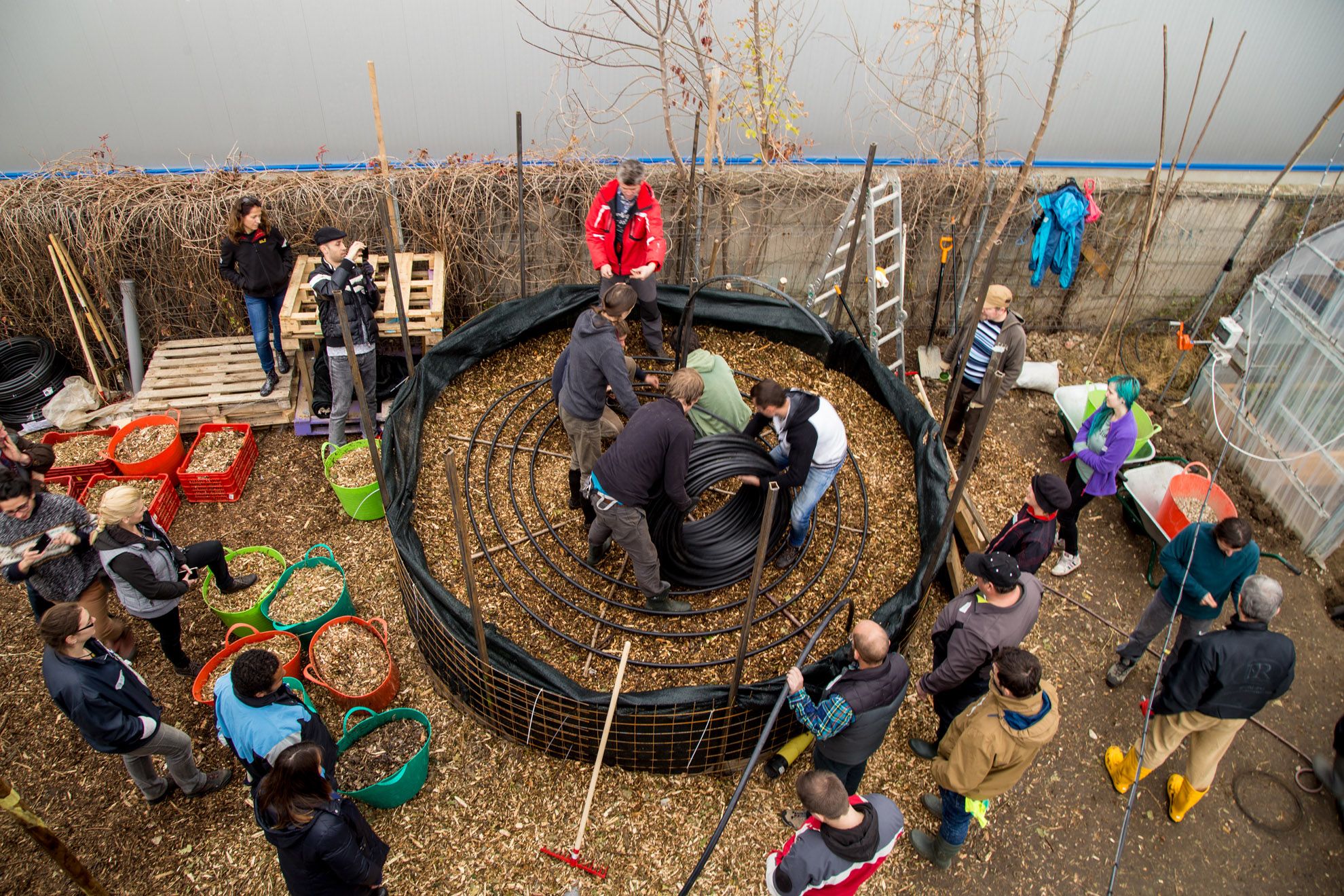
Urbani EKO vrt | Maribor
The main goal of the Slovenian Urbani EKO vrt is to make the locals more aware of all the benefits of self-sufficiency and organic farming. Its beautiful flower beds and fat orchards are great places for social gatherings, quality pastimes.
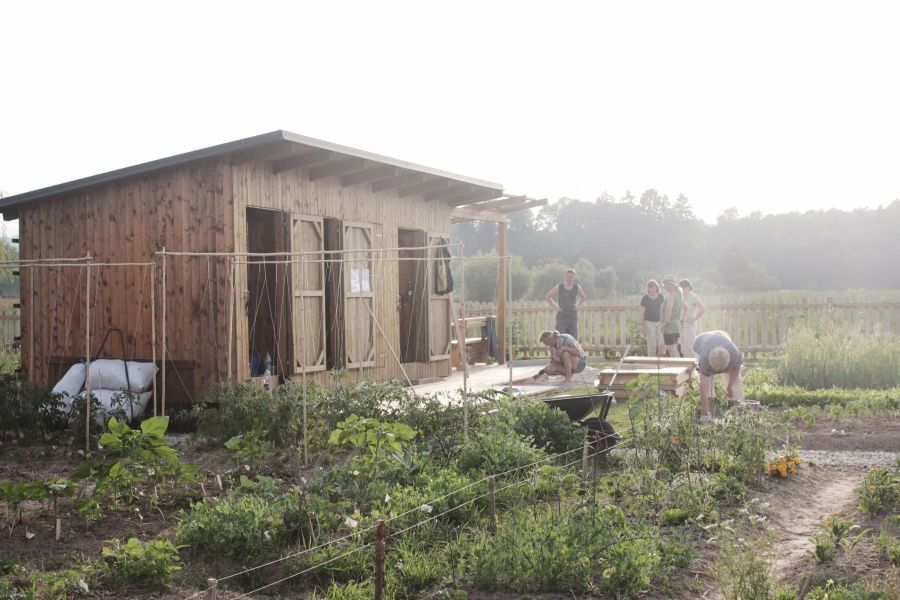

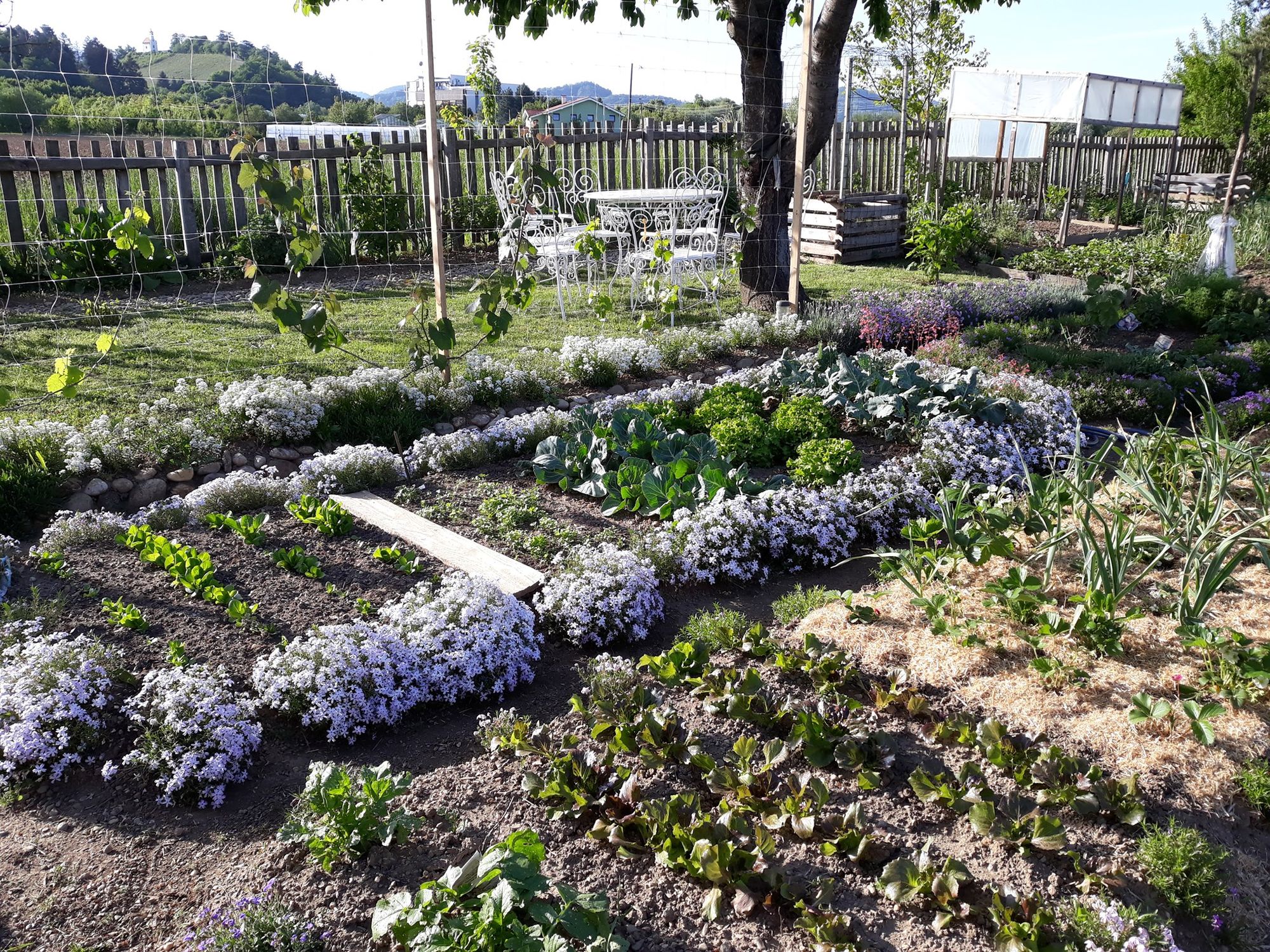
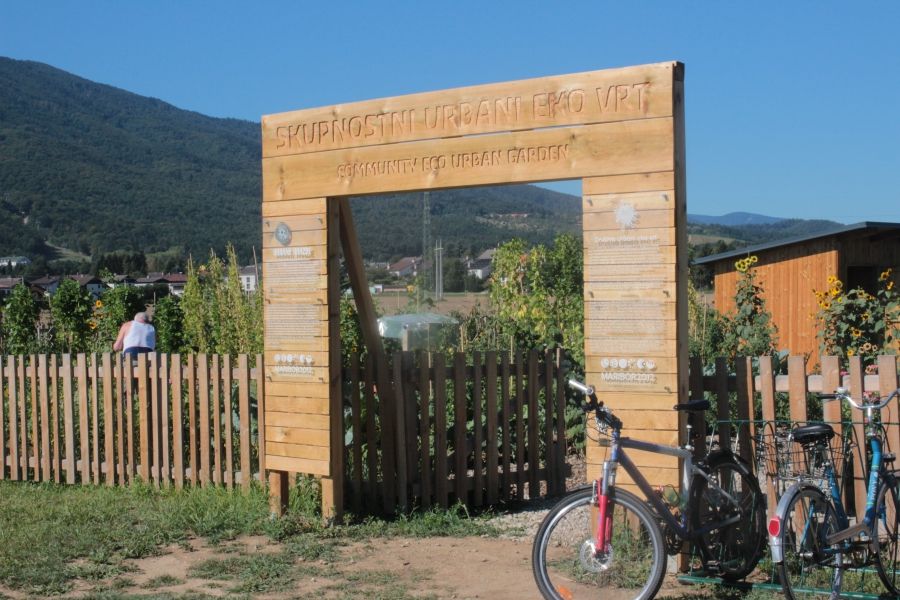
Kisdiófa Community Garden | Budapest
With the support of the Municipality of Erzsébetváros, the Kisdiófa Community Garden was opened in 2016 with the professional management of KÉK, the Contemporary Architecture Centre. In addition to growing vegetables and fruits, it is also possible to grow herbs, edible flowers and ornamental plants, as well as leave compost in forty-four individual and family plots and four plots only for schools and kindergartens, on the vacant lot at 4 Kisdiófa Street, bordered by partition walls. The green oasis in the party district is home to many community, professional and cultural events.
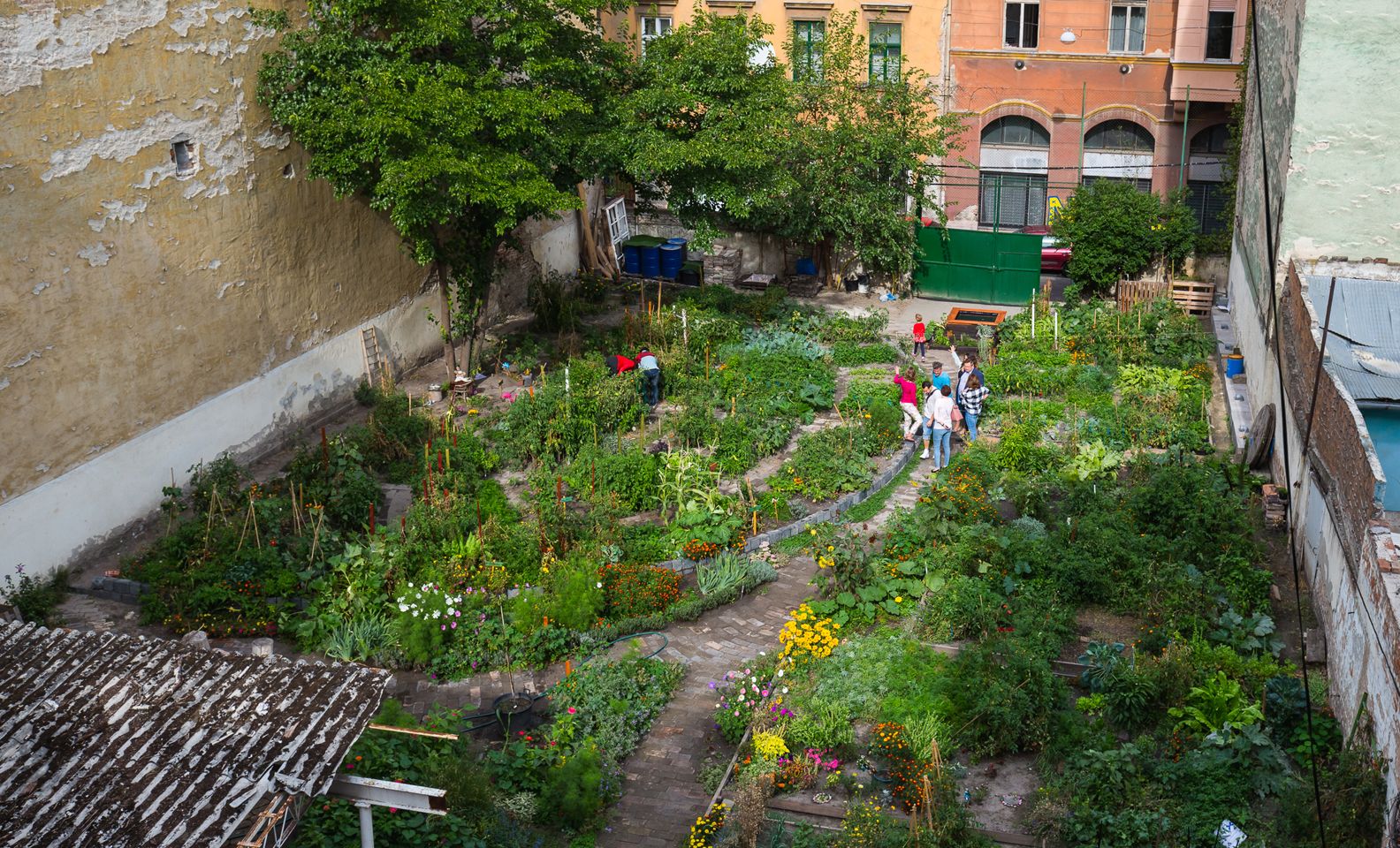
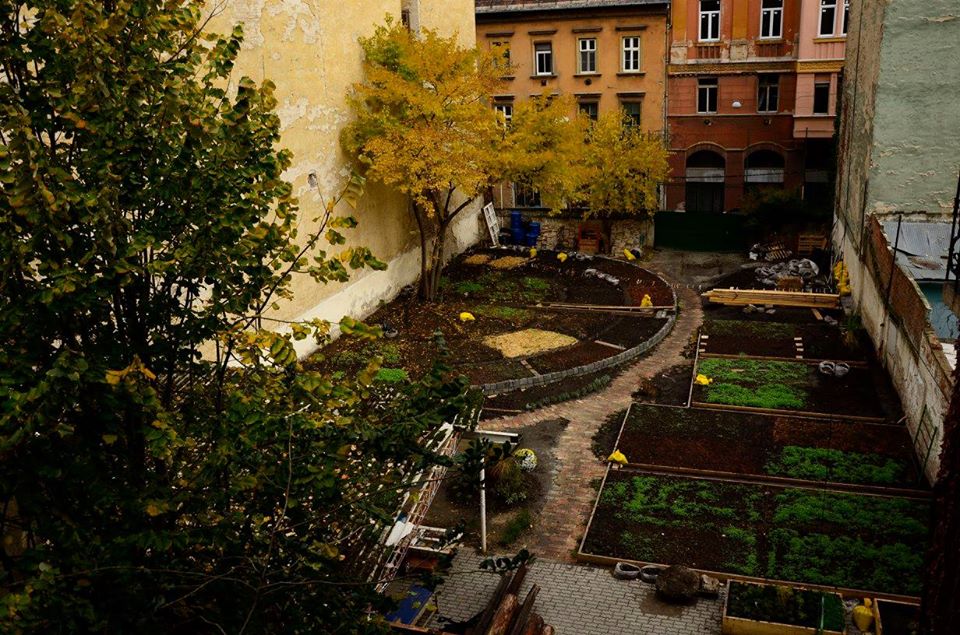
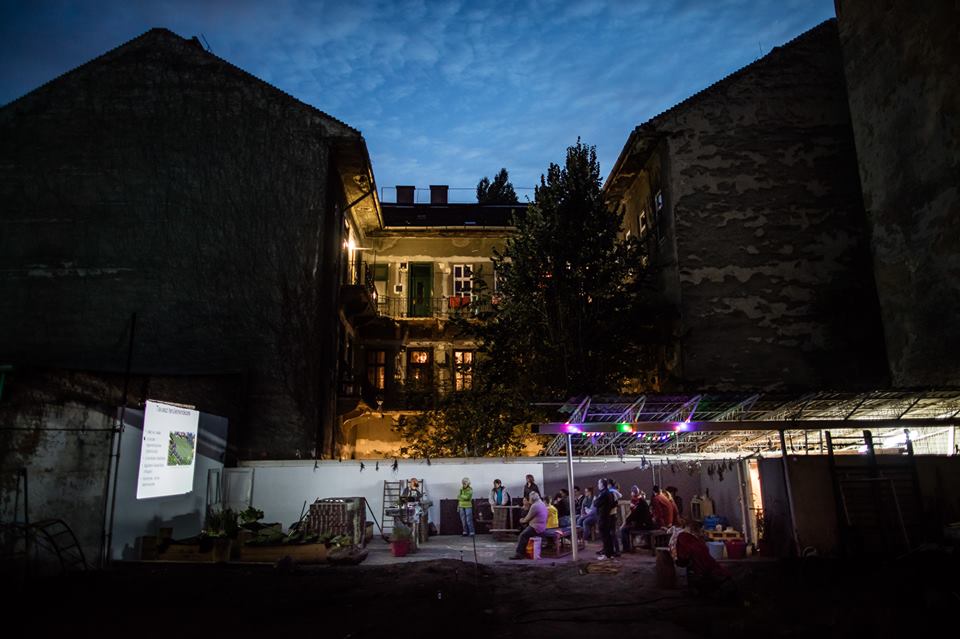
Bujna Warszawa | Warsaw
The aim of the “Bujna Warszawa” (lush Warsaw) program is to promote urban gardening together with gardeners and other professionals, taking into account the needs of the locals. Currently, their twenty-four gardens are making the Polish capital greener with the active participation of locals. In addition to gardening, workshops and webinars are also organized in the spirit of a greener city.
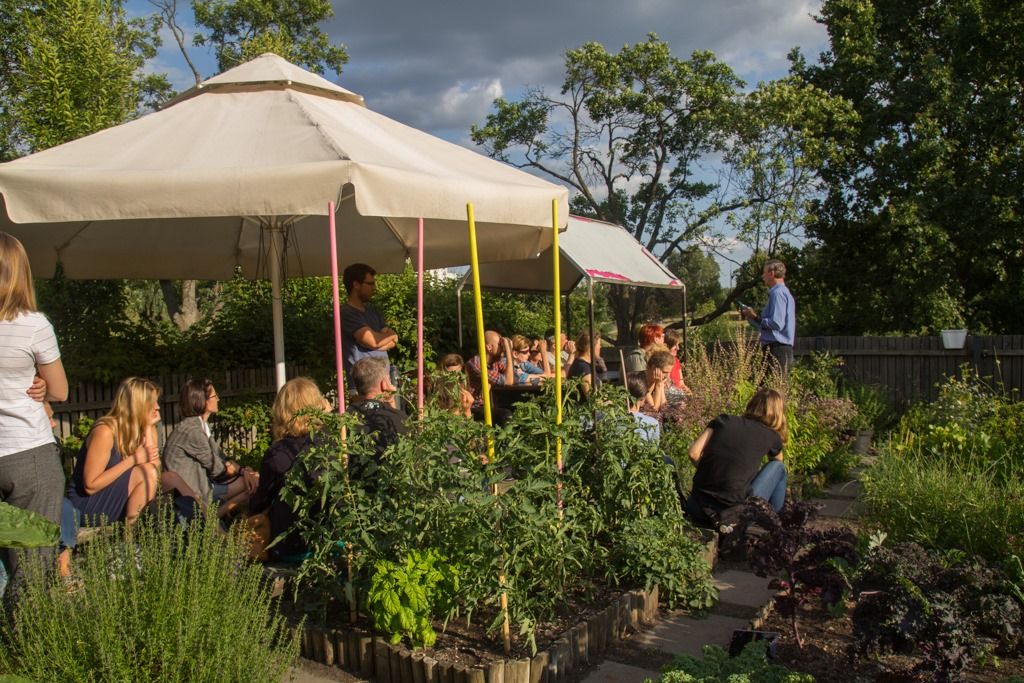

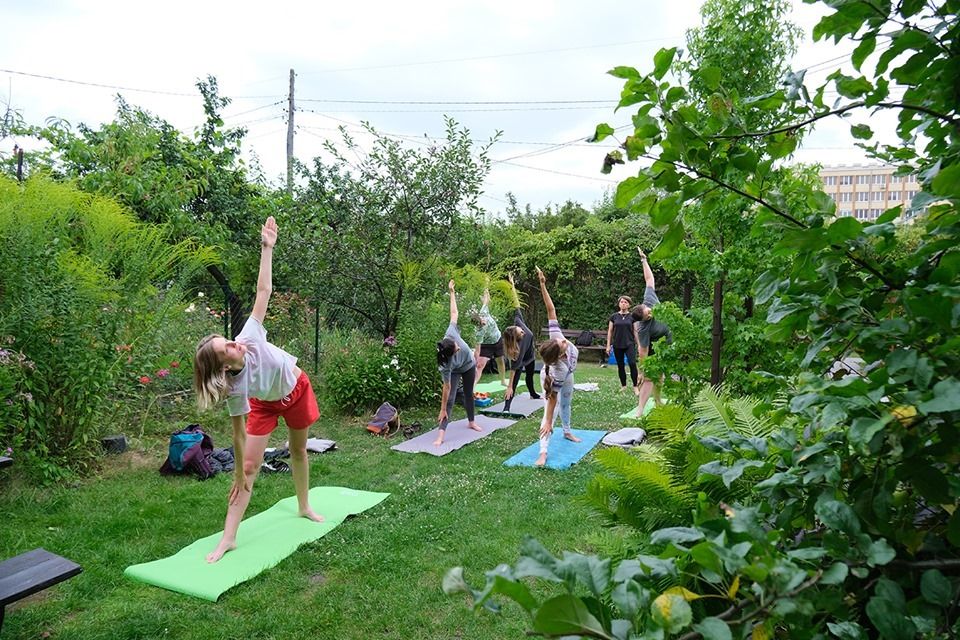
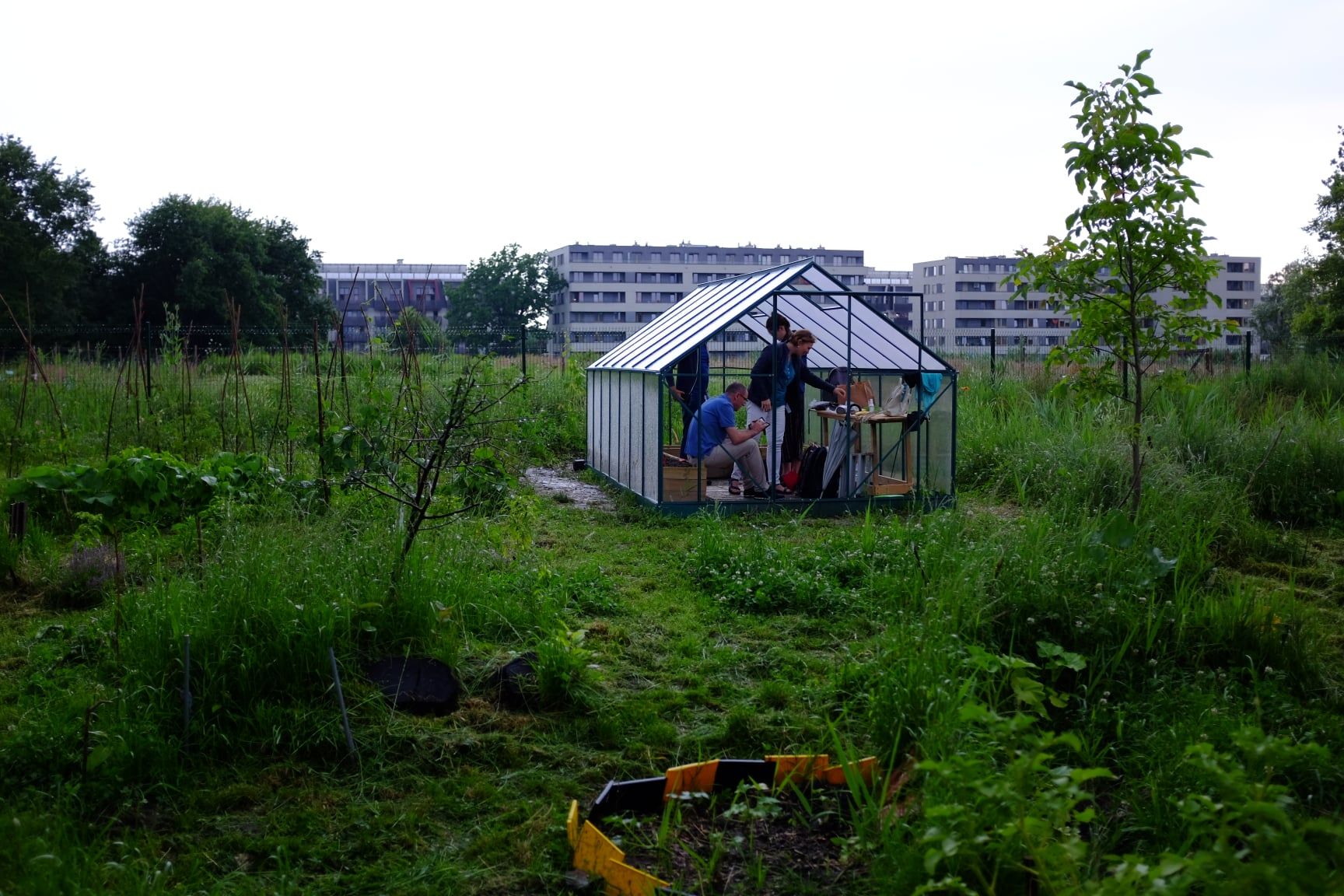
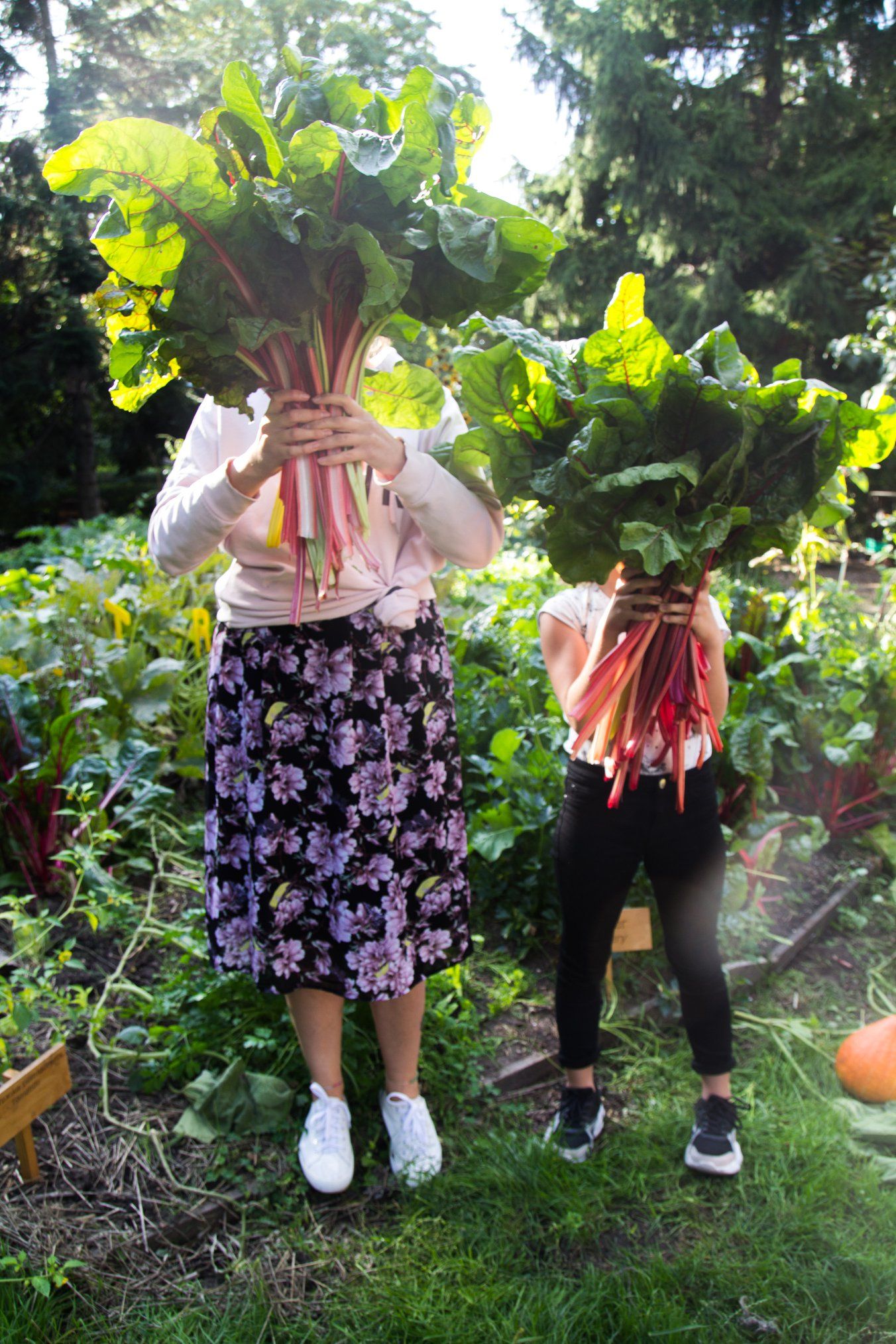
Kotlaska | Web | Facebook | Instagram
Grădinescu | Web | Facebook
Urbani EKO vrt | Web | Facebook
Kisdiófa Community Garden | Web | Facebook
Bujna Warszawa | Web | Facebook | Instagram
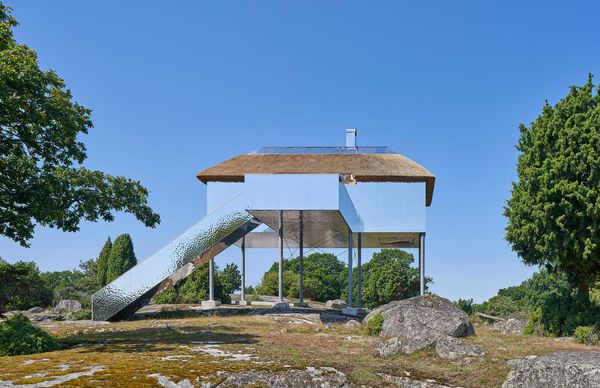
A mirror to nature | The Illusion Villa

Dessert in a tube | Kolatch










